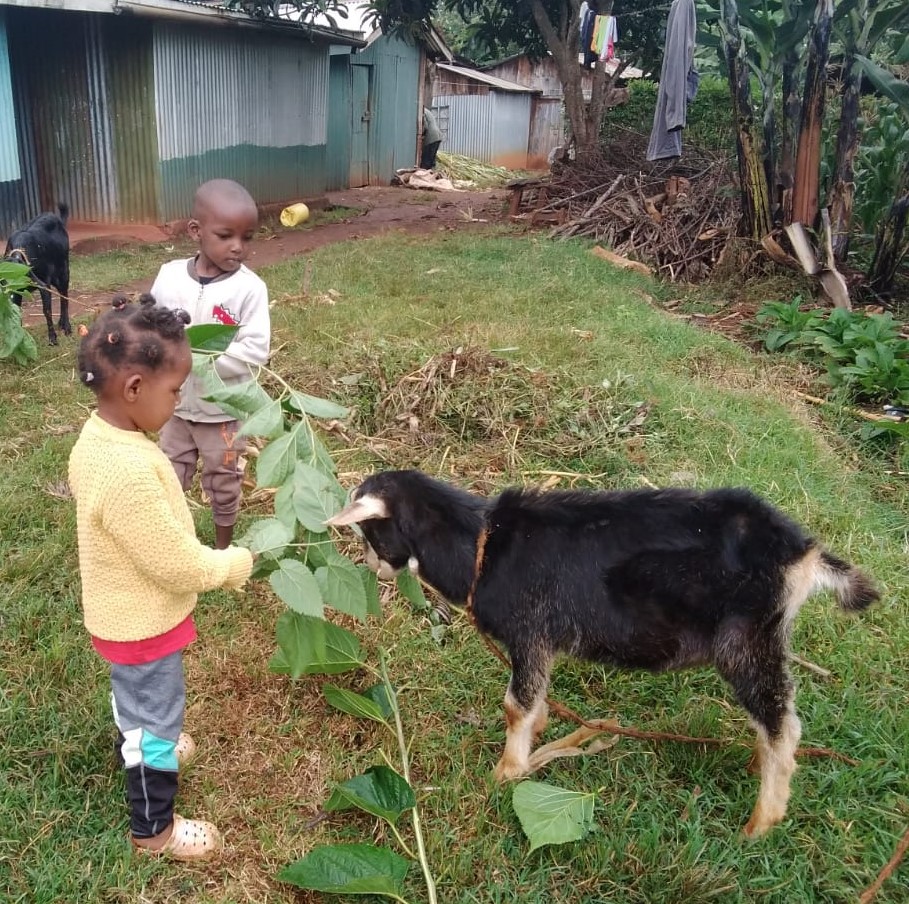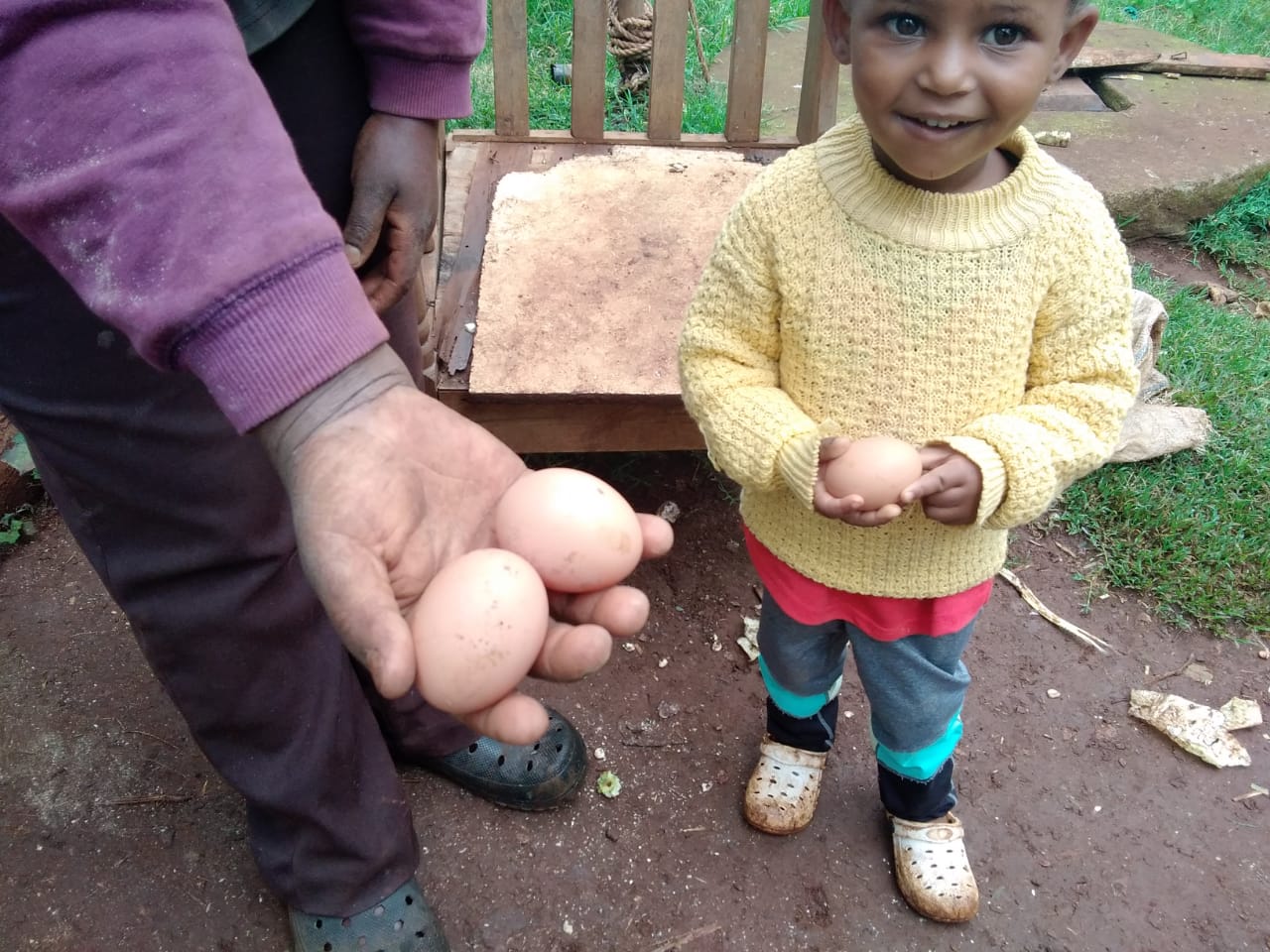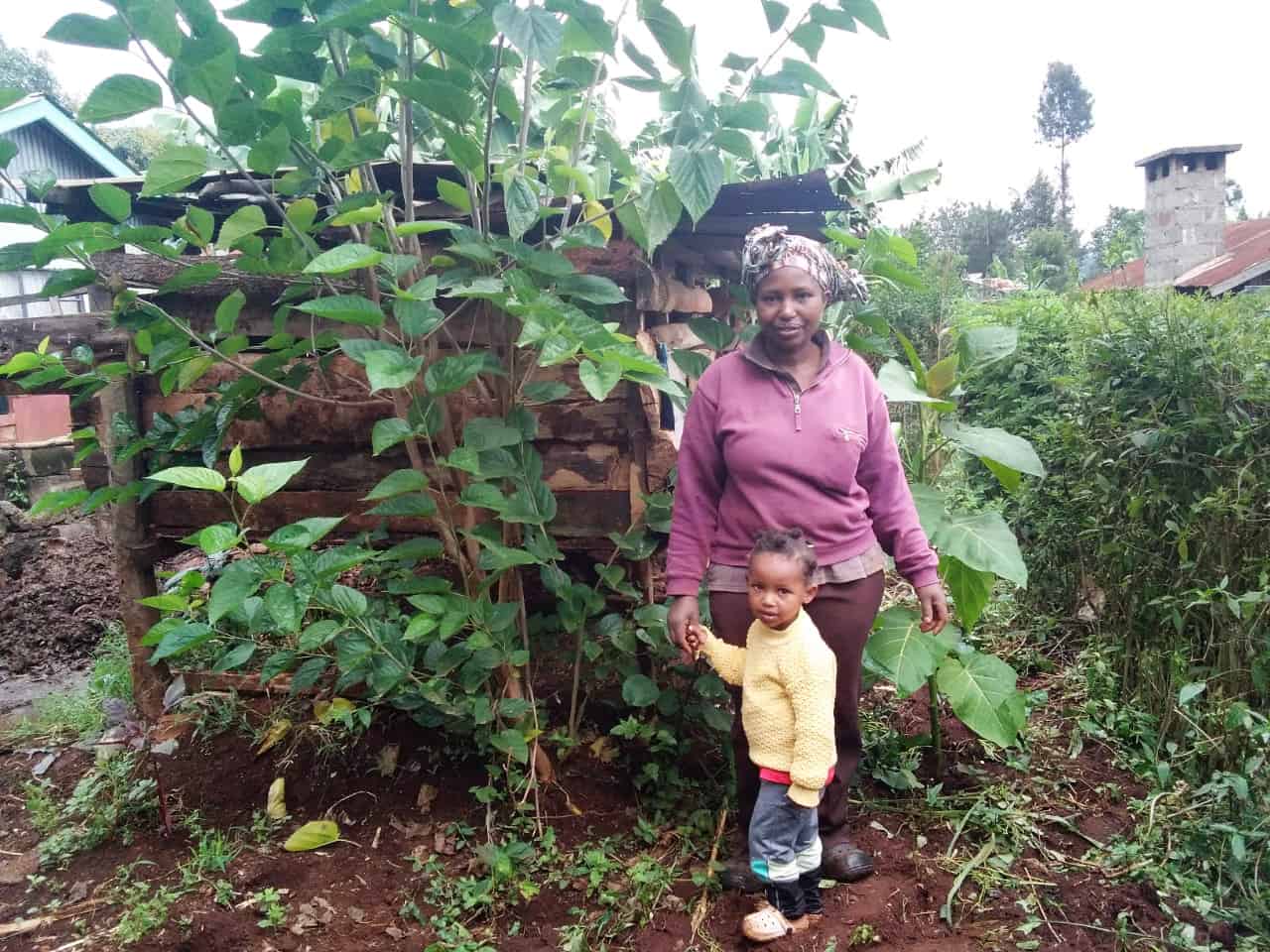The calliandra made all the difference for this 30-year-old farmer who was regularly feeling the strain of climate change and food insecurity.

Ann’s neighbor Eunice had started growing the calliandra after joining Trees for the Future’s Forest Garden program in 2016. Eunice learned how to use trees and sustainable farming practices to create a Forest Garden, which very quickly began providing food and income on a regular basis. It wasn’t until Ann saw the difference calliandra made for her animals that she decided to enroll in the program too.
“We often welcome new farmers to the program after they see their neighbor’s thriving Forest Garden or purchase some of their quality produce at the market,” says Trees for the Future Executive Director John Leary. “It shows just how successful farmers in our program are when their neighbors follow in their footsteps.”
After joining TREES in 2019, Ann’s Forest Garden is now providing her family with a regular and nutritional diet. Rather than growing just a few crops on her land and raising livestock on purchased food or open grazing, Ann now has a diverse farming system made up of dozens of species that work together for the good of her family, her animals, and her land. She has a variety of trees, grains, fruits, and vegetables, including maize, spinach, kale, cabbage, carrots, leeks, sweet potatoes, bananas, and more.
“If you visited my farm two years ago, you would have never imagined that a successful farming story would come out of here,” she says.

TREES staff say Ann is a natural at the Forest Garden Approach and her success in growing and selling crops and resources has made her more resilient to the challenges of farming.
“We have been experiencing climate change. Most people could not find food, but now with the Forest Garden we have been able to diversify, utilize the space, and produce enough for the family,” she says.
Ann is still raising goats and chickens, and, of course, she is now growing calliandra to supplement their diets. As she watches the price of goat’s milk rise, she hopes to purchase more goats with her Forest Garden savings in the near future.
